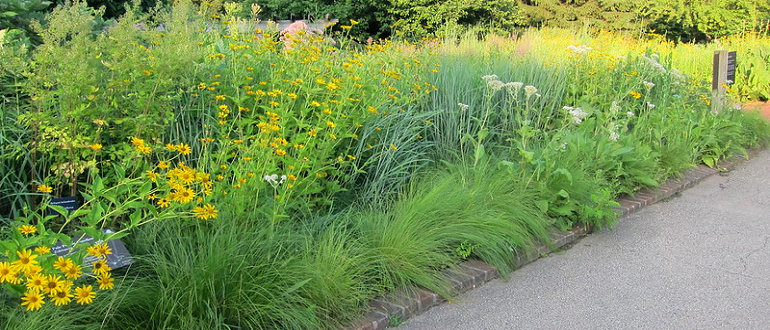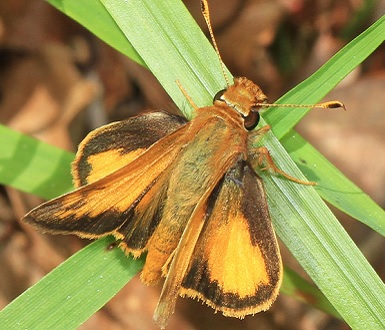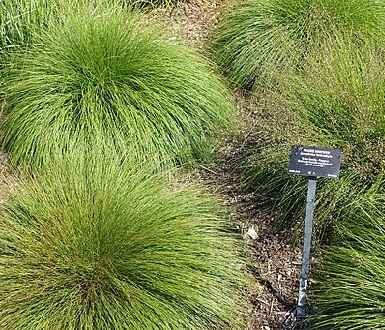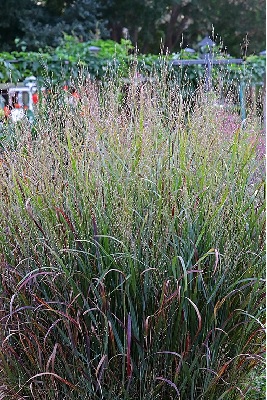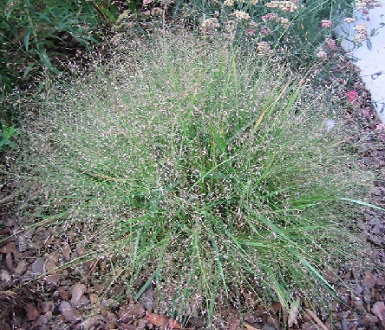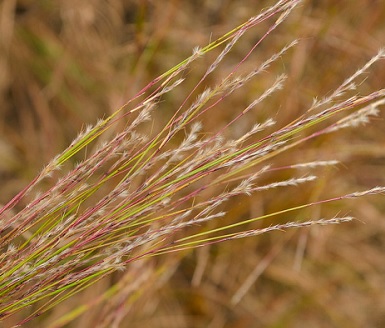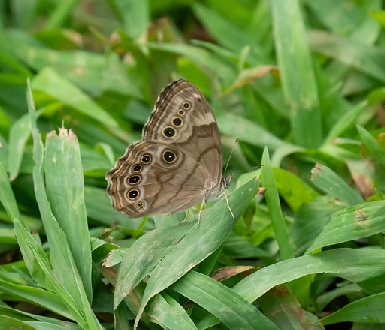GET TO KNOW: Michigan Native Grasses
In the late 1700’s, Lancelot Brown, a British landscape designer, rose to international fame by blanketing England’s country estates in grass.
FUN FACT: The Lawn (Re)Disturbance Laboratory project is a traveling (“pop-up”) exhibit designed to promote native alternatives to turf lawns. The project focuses on public education by digging up small plots of turf grass in order to find, catalog, and display the contents of the underlying seed layer. The effort is a creative mix of art, science, and conservation that hopes to showcase the (still viable) seeds of local plants that wait patiently, under the turf, for their day in the sun. CLICK HERE
Nicknamed “Capability Brown,” Mr. Brown sold the British nobility – and much of the western world – on the concept of “the lawn.” In Mr. Brown’s concept, a lawn consisted of a uniform carpet of closely shorn grass that was occasionally dotted with a small pond or tree. However, such large areas of a single, closely-cut species was not a natural occurring feature of the British Isles; and, in the days, before lawn mowers, it required intensive hand cutting with scythes.
During his career, Capability Brown designed expansive lawns on the grounds of more than 170 manors across England. Never to be out done, the French nobility also latched onto the trend; and soon, the new American aristocracy followed suite. In 1806, Thomas Jefferson created a rolling lawn on the grounds of Monticello that was a showpiece for the new nation. Fast forward two hundred years, and the turf grass lawn is a defacto standard for the American home.
Unfortunately, a “perfect green lawn” is an artificial construct. It is an unnatural monoculture that requires excessive maintenance (and chemicals) while offering little habitat value for wildlife. Also, the various species of grass used for lawn seed are generally not native species. Even “Kentucky” bluegrass (Poa pratensis) is originally from Europe and North Africa – not Kentucky.
Fortunately, Americans are rethinking the concept of turf lawns. Pollinator gardens and rain gardens are catching on as we invite wildlife back to our neighborhoods while protecting our streams and rivers. And, in every good native plant garden, there is a room for a native grass or two.
Beautiful native grasslands, called prairies and savannahs, once covered 170 million acres of North America including portions of southeast Michigan. A victim of the plow, less than 4% remains today. You can experience the beauty of these in several local remnant prairies (Sibley Prairie Nature Preserve in Brownstown Township and Ojibwe Prairie Provincial Park in Windsor, Ontario) or the visit a restored prairie in the watershed in Detroit’s Rouge Park. Read more about their role and the plan to re-establish more in the DNR’s Michigan Wildlife Action Plan.
Michigan has a wide variety of native grasses. There are tall and colorful grasses to serve as specimen plants or privacy screens. You may notice them in the fall as most retain a beautiful golden color unlike the European grasses. There are shorter varieties for edging borders or filling-up space. There are grasses that offer year-round color and structure to the garden or erosion control to slopes and stream banks. But best of all, while beautifying our yards, these native grasses offer wildlife habitat. They provide wildlife cover, nesting materials, seeds; and in many cases, they serve as larval hosts for skippers and other butterflies.
Unfortunately, many of the popular “showpiece” grasses sold at major retailers are non-native specimens such as Asian zebra grasses, South American pampas grass, Japanese hakone grass, African/Asian fountain grass, European cultivar “Karl Foster” grass, and European blue fescue. So be sure to check a local native plant nursery for interesting selections of our Michigan grasses. A few favorite native grasses are featured below.
FEATURED NATIVE GRASSES
Prairie Dropseed (Sporobolus heterolepis) – Grows in full sun as an arching mound (about 2 ft) with airy flower stalks in late summer. Turns golden in fall and stays bronze through winter. Seeds are a favorite for sparrows and juncos.
Switch grass (Panicum virgatum) – Also called tall panic grass, it is a very tall (up to 5 ft with plumes up to 7 ft), vase shaped grass that remains upright and provides year-round color. (Cultivars have been developed with more intense colors.) It provides food and shelter for grasshoppers, small mammals, and many birds. It is also a larval host for a variety of skippers.
Purple Lovegrass (Eragrostis spectabilis) – Grows as a low (2 ft) mound with an airy cloud of purple seed heads in summer. It can grow in partial shade and is generally very hardy. Host plant for the Zabulon skipper (Poanes zabulon).
Little bluestem (Schizachyrium scoparium) – Upright, grass that grows up to 4’ tall with silvery seed heads in late summer. It tolerates dry soil and grows well in sun or part shade. The entire plant turns bronze in fall. It is a host plant for at least six different skippers and a favorite of grasshoppers, sparrows, and slate-colored juncos. (Photo credit: Joshua Mayer CC-BY-SA-2.0)
White grass (Leersia virginica) – A low growing (1 to 3 inches) shade ground cover type grass that is a host plant for the Northern Pearly-eye butterfly.
TAKE ACTION
Replacing turf lawns with a variety of native plants, including native grasses, is a wonderful way to help protect and restore our watershed. Additionally, making a commitment to natural yard care (without the use of chemical fertilizers, herbicides, and pesticides) helps protect pets, pollinators, and other wildlife while reducing the amount of toxic run-off that flows into our streams and rivers.
Friends of the Rouge works with local cities and organizations and volunteers to design and install community rain gardens that are filled with a variety of native plants. See our planting schedule for opportunities to help plant/maintain gardens around our watershed. Help us restore vibrant communities of native plants across the Rouge River watershed.
Volunteer HEREPhoto Credit: KM CC-BY-2.0 – Native grasses (prairie dropseed & switchgrass) and wildflowers at the Chicago Botanical Garden
